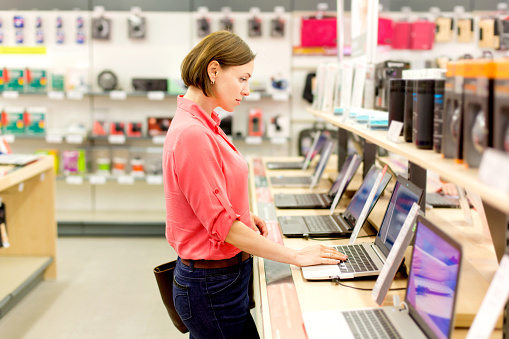Buying a used gadget generally is to be done carefully, you need a good, functional gadget and at the same time, for the lowest possible price. When getting a simple new or used gadget like laptops; many people just look at the physical well-being of the gadget and not the functional well-being.
Not that the physical appearance shouldn’t be attractive, but that doesn’t define the durability of the gadget. Aside from physical appearance, durability, and functionality, another thing you should think of is what it is worth. Everything has a degradation potential, and that goes in proportion with the prices too.
For instance, if I were to buy an iPhone, I’ll pay a little more for an iPhone with 90% battery health than an iPhone with 80% battery health. This hypothesis can also be used for other gadgets, there are ways to measure the present value of a gadget. These values can be measured with respect to some features of such gadget, either a phone, laptop, desktop, printer, game console, or any other gadget. Let’s take a look at the 8 most important things to check out when trying to buy a used laptop or desktop
1. Research
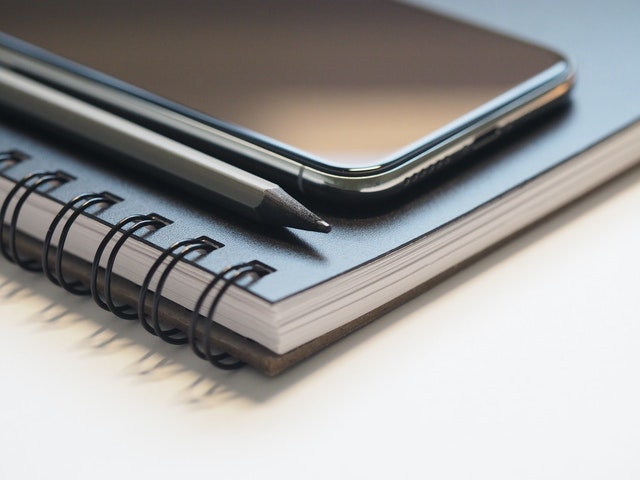
Before you even go to the laptop computer store take your time and search for what type of specifications serves your purpose. There are different specifications for different purposes; might be for basically typing, or college work might be for programming, video editing, heavy duties, etc.
However, irrespective of the purpose, there are some laptop features that signify the purpose of such a laptop. Some of the most specifications to look at are the Read-Only Memory (ROM); Read Access Memory (RAM); Operating System (OS); Central Processing Unit (CPU); Graphics Card (GPU).
We got some ideas for you on expertly selected laptops for the most important categories which are “Best Laptops below $500 for college students” “Best gaming laptops” “Best Desktop for Programming” and “Best MacBook for 2022”
2. Hardware Checks
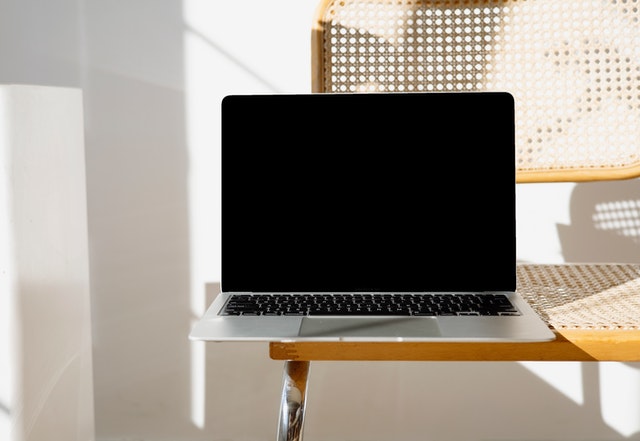
When you get to the store and you already know what you want, once they bring it out, the first obvious thing to check is the physical appearance. This includes the whole laptop body, the keyboards, the booting time, the screen effects, the cooling fan, and the port.
You should pay attention to the booting time; it shouldn’t take more than 20 seconds before showing up on the home page. I would say you should be skeptical if it takes longer as it will boot slower in the long run as you use it. Examine the cooling fans, you can simply place your hand underneath the laptop to softly feel the rotation.
In some cases, like MacBook Pro, you’ll need to activate the fan. Confirming the fan is working will save you the stress of the laptop getting hot while on heavy use. Another important hardware to check is the keyboard and ports.
Check the keys one after the other, if they typing what they should, if they are well fitted, and ultimately the response when you type. Most laptops now have a keyboard backlight so it’s also important especially if you plan to use your device at night. Lastly, check out all the ports including charging, HDMI, and type-C ports to confirm if they are perfectly working
3. Battery Health
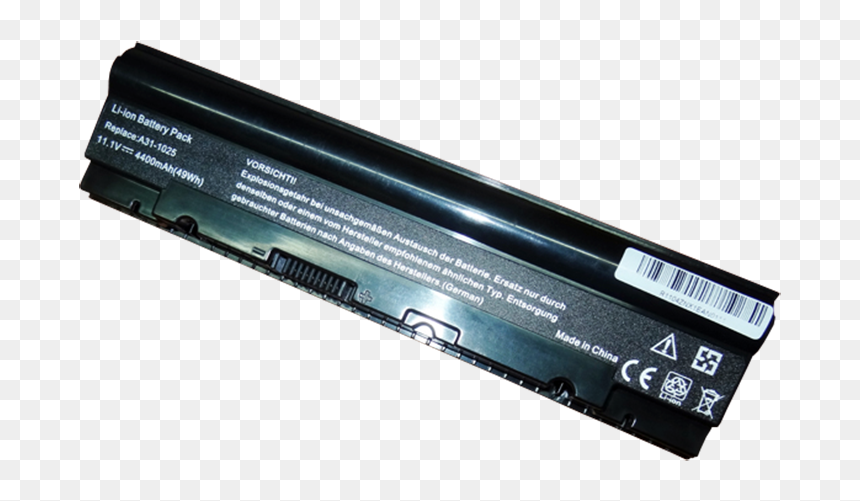
Essential for every gadget to have a long-time wireless operation. Laptops, just like mobile phones do need a good battery with standard health, I know electricity is stable, but you can’t always use your device plugged every time, some wireless conveniences are needed. So, how do you know the battery is good since you won’t wait too long at the store to know how long it lasts? Here are a few methods you can use to determine if the battery fits your requirements and if it’s in a good health
- Turn off the laptop and unplug the power cord. To restart your laptop, click the power button and then the Esc key as soon as it starts up. The Start-Up menu will be shown. Select System Diagnostics from the drop-down menu. Select Battery Test and reconnect the power cord. A series of diagnostics and component tests should appear. The battery status will be displayed once you click the Start Battery Test button. For MacBook, you can simply check the battery health from the preference settings; the battery menu which has a “normal” status is good to go.
- A manual method which you can start operating the laptop which taking note of the battery drop level. If the battery drops drastically in the first 30 minutes of non-intensive operation, then you have all reason to avoid
4. Technical Features
These are functionalities of the system, you check through for everything from the system profile, to the system speed, RAM, ROM, Higher-Resolution Screens, OLED Displays, Intel or AMD processors, and SSDs (PCIe x4 a Plus), Nvidia Pascal Graphics, and overall performance. These features should fit the purpose of usage, maybe gaming, heavy or light workload. They all control the way your system will perform in the long run.
Every used laptop usually undergoes flashing or being erased before being sold, so this will make them fast at the selling point. But if you dully check their capacity out, especially CPU, GPU, and storage, you’ll enjoy them in the long run. Also, it’s best you pick an upgradable laptop, in which you can increase the storage capacity later on. To know the basic technical features of your system, you can simply check the “About” in settings to get the original details.
5. CPU and GPU
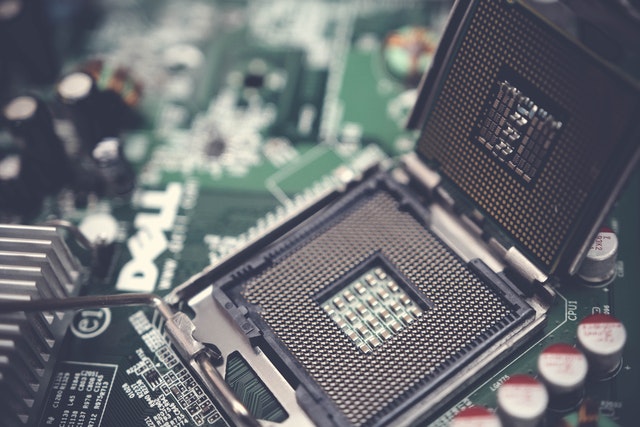
The Intel core chip is used in most laptops as the CPU (Central Processing Unit), often known as the processor. In contrast to the past, many desktop manufacturers are now offering internal CPUs. However, there are still external CPUs in gaming since they may demand up to 64GB RAM, which may necessitate large locations. A single-chip processor houses the processor, GPU (Graphics Processing Unit), I/O, security measures, and RAM.
Two alternatives are GPU-core (primarily for gamers in terms of the graphics card) and CPU-core (processor strength). They’re tiny chips with vital functionality that oversee all hardware/OS operations including input/output and other basic instructions. Its principal function is to process an input command and produce a result, as its name indicates. The majority of CPUs are made by AMD, Apple, Intel cores (i3, i5, i7), and Qualcomm, and vary in speed (GHz or MHz), cache size, process size, socket type, dual-core capabilities, and bit support (32/64).
6. RAM
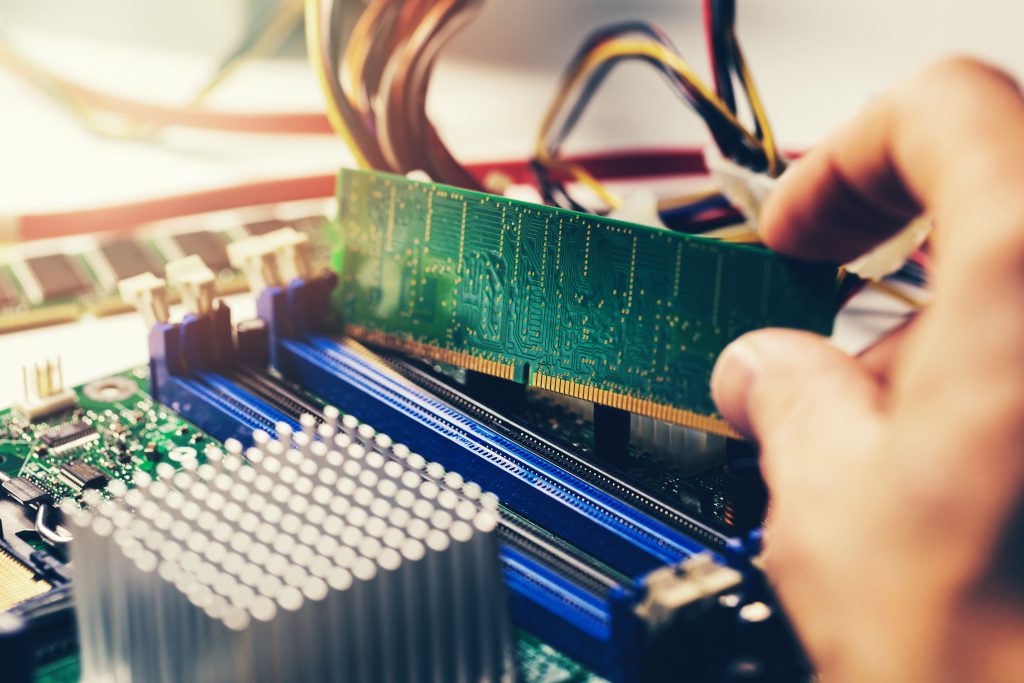
These are crucial characteristics to look for in any computer equipment, including desktops and laptops. RAM (Read Access Memory) is the short-term storage area on your device where your operational activity/processes are kept. The more RAM you have, the more processes your computer’s CPU can handle. If you don’t use your computer for a few days, the RAM may fill up and cause it to slow down.
7. ROM
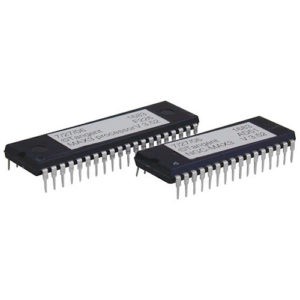
The ROM (Random Access Memory) has a substantially bigger capacity for storage. This folder stores data, the operating system, applications, and any other file installation that will be used on the computer. They are upgradeable, much like other laptops, if you wish to increase the amount of RAM or ROM.
Based on performance and cost, there are four basic types of storage devices: HDD (Hard Disk Drive), SSD (Solid State Drive), eMMc (Embedded Multimedia Card) storage, and Hybrid Drives.
HDDs have the biggest storage capacity, are the cheapest, and can reach speeds of 80-160Mbps in terms of performance and information transmission. They range in size from 500GB to 1TB.
SSDs have a lower capacity but are speedier (up to 550Mbps), have a low power consumption (which extends battery life), and are commonly seen in laptops and thin systems. They range from 128GB to 1TB, but they’re all rather pricey.
Hybrid drives combine HDD and SDD drives to provide a big storage capacity and fast loading performance. They are divided into two sizes: HDD 500GB-1TB and SSD 16-32GB for speed.
eMMc is often found in laptops and tablet devices and has a capacity of 32GB to 128GB with a speed of between HDD and SSD. An external SD card slot is included with an eMMc-enabled PC.
Depending on what you want to accomplish with the system, you may choose your desktop based on this. For any educational or software activity, an 4GB/128GB SSD or 500GB HDD will be adequate; however, for coding/gaming, 8/16GB of RAM and 512GB of SSD or 500GB-1TB HDD would be the best option.
8. Price Survey and Negotiation
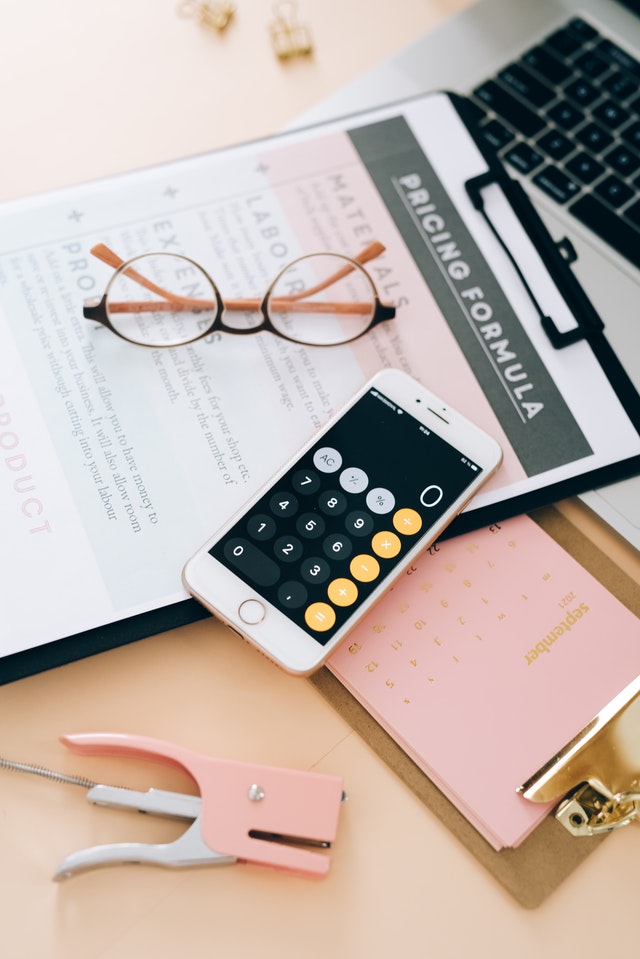
Lastly, when you’ve verified all the necessary features, you should look at them, then you should know how to get a good price. You can simply do this by already knowing the price for the brand-new laptops using sources like Amazon, or eBay. Your leveraging will depend on the availability of the features and year of use. As mentioned earlier, in an iPhone example; an iPhone with 90% battery health has the potential to be more costly than another with 80%.
This also applies to desktops and laptops, the way you price (in comparison to the “brand new” price) will depend on the depreciation rate. What could be considered for depreciation could be the battery health, used RAM, year of usage, or the Operating systems. Ultimately, if the used laptop has all features of the brand new laptop; and hasn’t been used for more than 3 years; then you should be able to get it at 60-70% of the “brand new” price.

